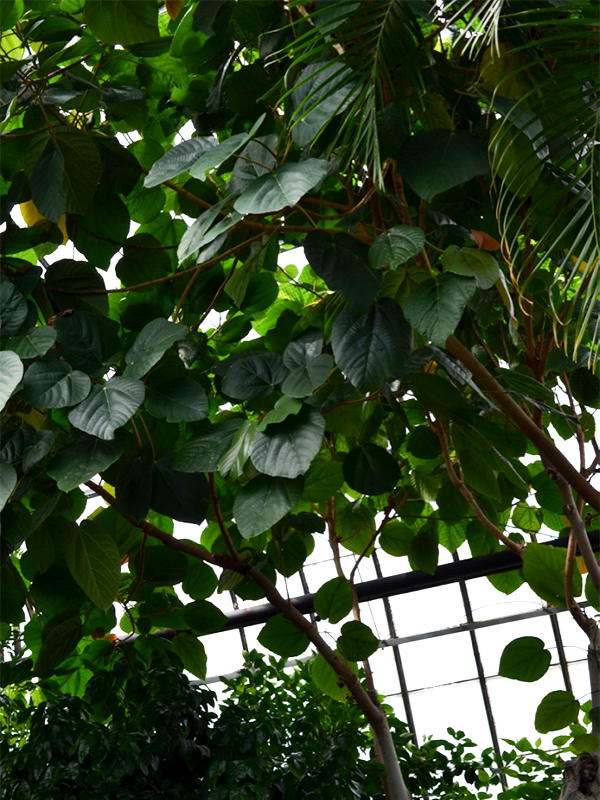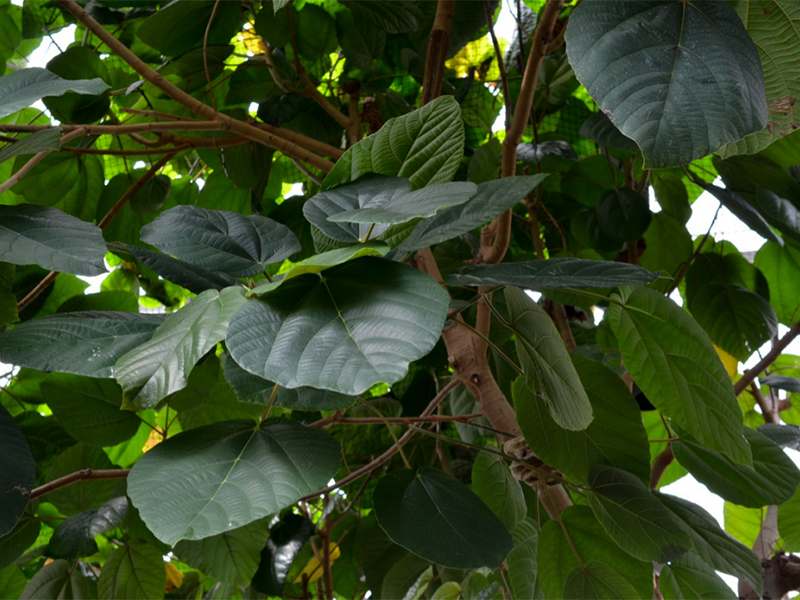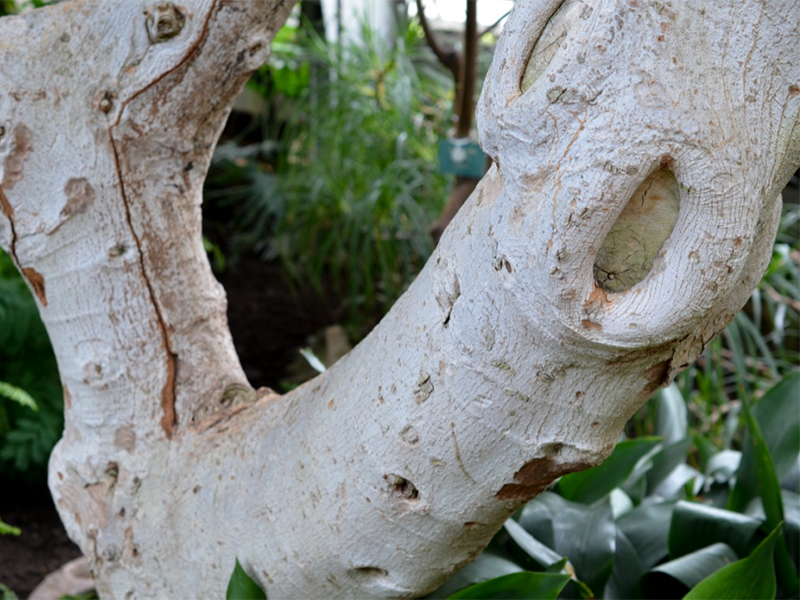
Perennials, Tropicals > Ficus > Ficus auriculata > Ficus auriculata
Ficus auriculata
Roxburgh Fig, Elephant Ear Fig
Origin: East Asia to southern China, and including Pakistan, India, Bhutan, Sikkim, Nepal, Myanmar, Thailand, and Vietnam.
| Family |
| Moraceae |
| Genus |
| Ficus |
| Species |
| auriculata |
| Category |
| Perennials, Tropicals |
| Type |
| Tree (evergreen), Shrub (evergreen) |
| Synonyms |
| Ficus oligodon, Ficus roxburghii |
| USDA Hardiness Zone |
| 9b - 11 |
| Canadian Hardiness Zone |
| Requires cold season protection under glass. |
| RHS Hardiness Zone |
| H1c - H3 |
| Temperature (°C) |
| -5 - 10 |
| Temperature (°F) |
| 23 - 50 |
| Height |
| 6 - 12 m |
| Spread |
| 3.6 - 6 m |
Photographs
Description and Growing Information
Flowering Period
| General Description |
| Evergreen tree that produces large figs. |
| Landscape |
| May be planted to help control erosion. |
| Cultivation |
| Best grown in sun to partial shade with consistently moist, well-drained soil. Do not let the soil dry out between waterings. |
| Growth |
| Fast |
| ID Characteristic |
| Very large leaves, reminiscent of an elephant’s ears, grows edible fruit known as figs. |
| Habitat |
| Terrestrial, along the banks of rivers and streams. |
| Leaf Description |
| Alternate, heart-shaped to broadly wedge-shaped, with an irregularly toothed margin. Very large, growing up to 50 cm in length. |
| Fruit Description |
| Figs are clustered on short branchlets of old stems, pear-shaped to spherical, with 4-6 longitudinal ridges and small tubercles. They are large for figs, 2 - 3.5 cm in diameter, covered with soft hairs. Figs are edible and sweet. |
| Colour Description |
| Young leaves are burgundy, red, or orange, and mature to green. Bark is grey. Flowers are pink. Figs are dark red when mature. |
| Texture Description |
| Bark is smooth. Leaves are papery. |
| Notable Specimens |
| Centennial Conservatory, Thunder Bay, Ontario, Canada. |
| Propagation |
| By cuttings and air layering. |
| Ethnobotanical Uses (Disclaimer) |
| In Meghalaya, fruits are eaten raw, and leaves are lopped for highly palatable fodder. |




